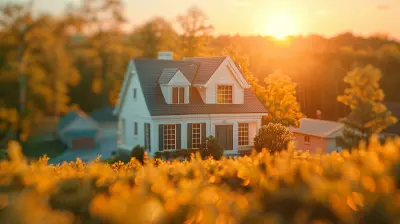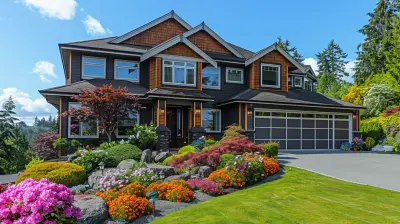Attending an Open House? Key Features Not to Overlook
8 July 2025
Buying a home is one of life’s biggest milestones. You’ve been saving, planning, and dreaming of the perfect space—and now, it’s time to step into potential homes and see if they check all the right boxes.
Open houses can be exciting, but they can also be overwhelming. With so much to take in, it’s easy to focus on the big picture and miss some of the crucial details that could make or break your decision. That’s why we've put together this guide—to ensure you know exactly what to look for during your next open house visit.
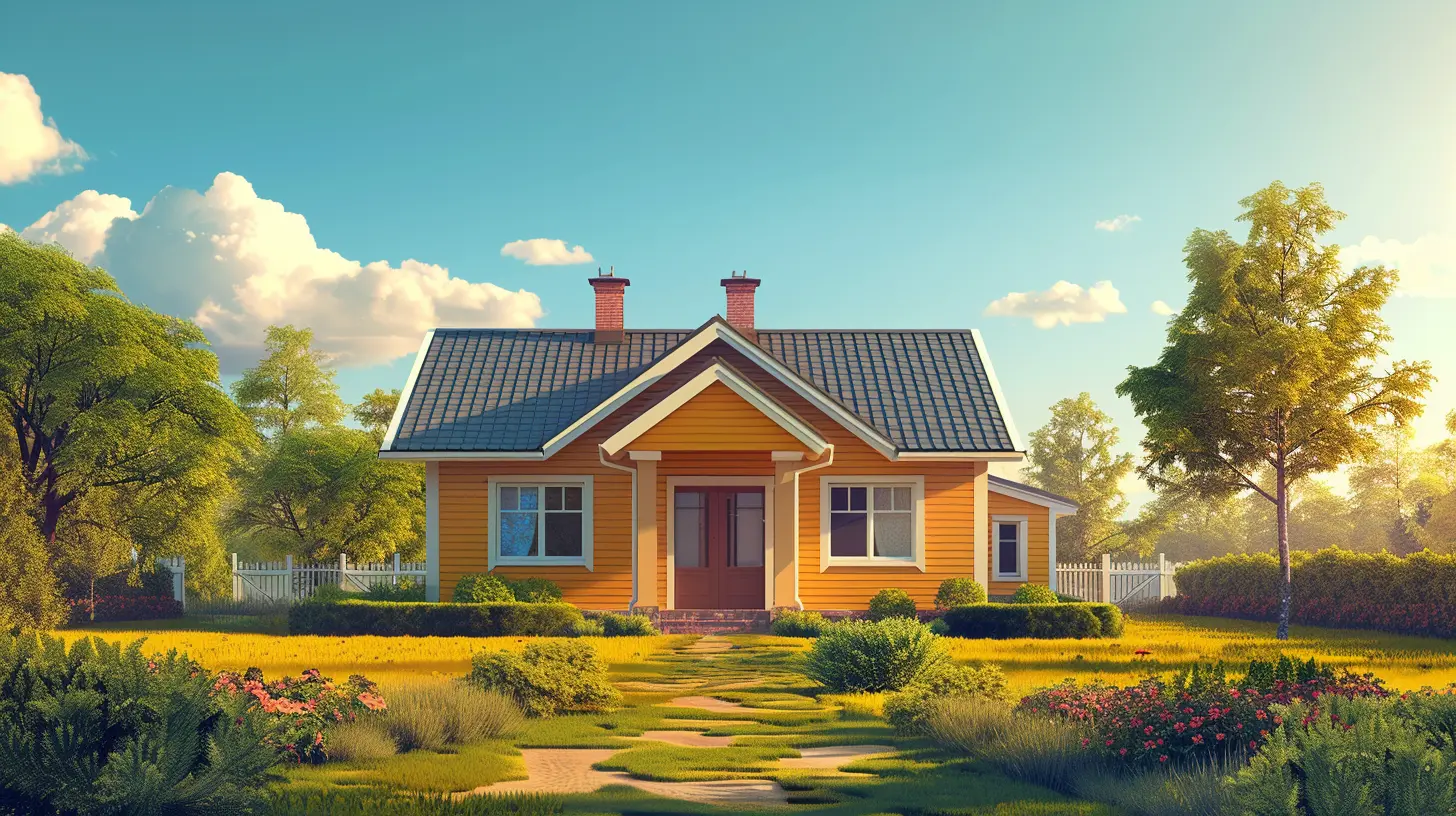
1. First Impressions Matter: Curb Appeal & Exterior
Let’s be honest—first impressions stick! When you pull up to an open house, take a moment to assess the home's exterior.- Roof & Gutters: Look for missing shingles, sagging areas, or clogged gutters. These could hint at costly future repairs.
- Siding & Paint: Cracks, peeling paint, or discoloration might suggest neglect.
- Landscaping: Overgrown grass or poorly maintained lawns might signal a lack of upkeep.
If the outside looks neglected, it's worth wondering what else might be hiding beneath the surface.

2. Smell Test: What Does the House Tell You?
Your nose might be your best tool during an open house. Unpleasant odors—like mold, mildew, or pet smells—can indicate bigger issues. If you smell something musty, it could mean water damage or hidden mold growth, which aren’t always easy (or cheap) to fix.Pro tip: If there are a bunch of air fresheners throughout the home, ask yourself if they’re masking something.
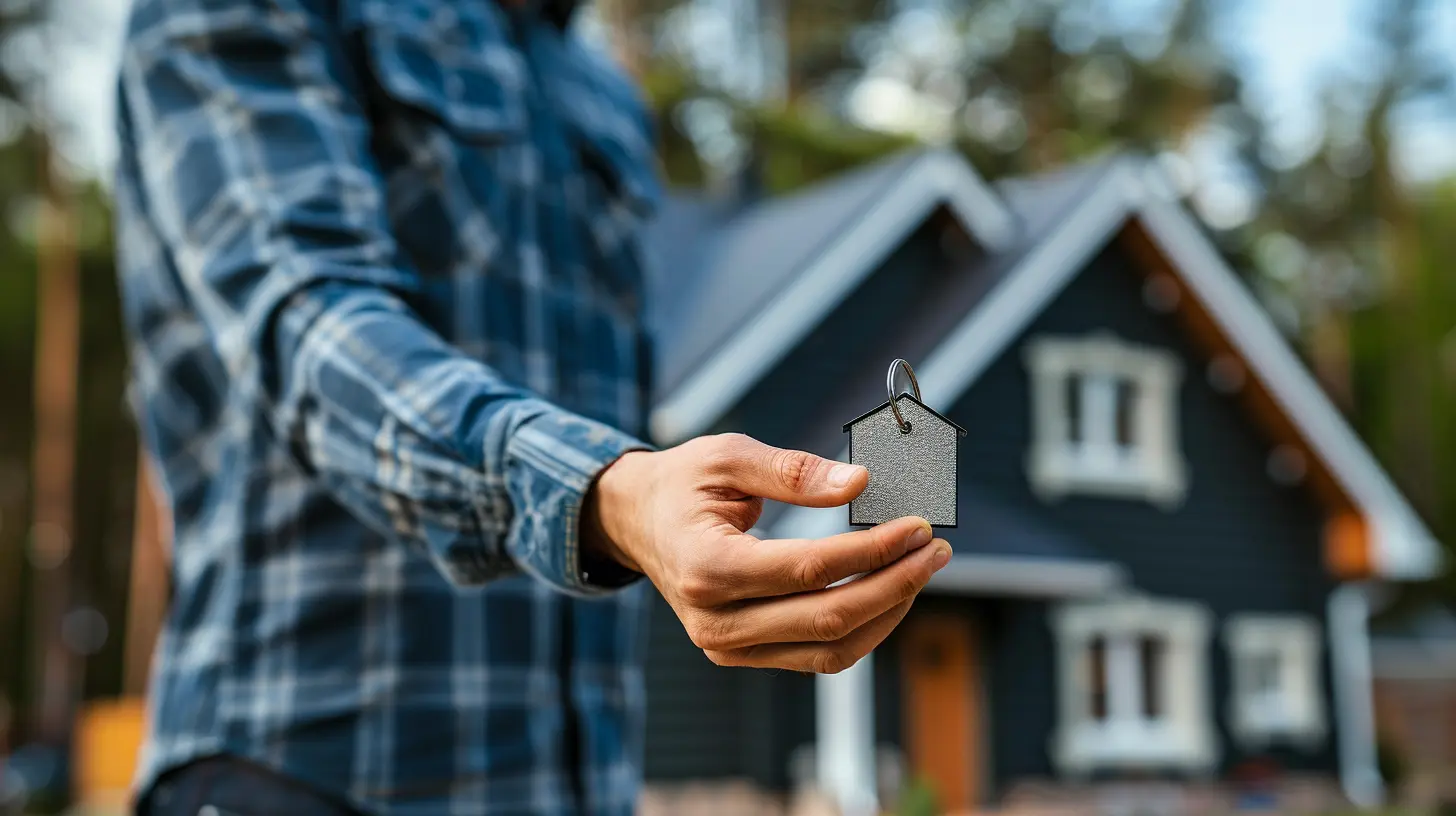
3. Natural Light: How Bright Is the Space?
A well-lit home feels welcoming and spacious. During your visit, check how much natural light flows in. Open curtains, stand by windows, and see if rooms feel bright or gloomy.Things to consider:
- Window Placement: Are there enough windows? A dark home can feel cramped.
- Window Quality: Do they open and close smoothly? Old, single-pane windows may need replacing.
- Sunlight Direction: South-facing homes typically get the most natural light throughout the day.
If you love airy, naturally lit spaces, don’t settle for something dim just because the artificial lighting makes it seem bright during the showing.
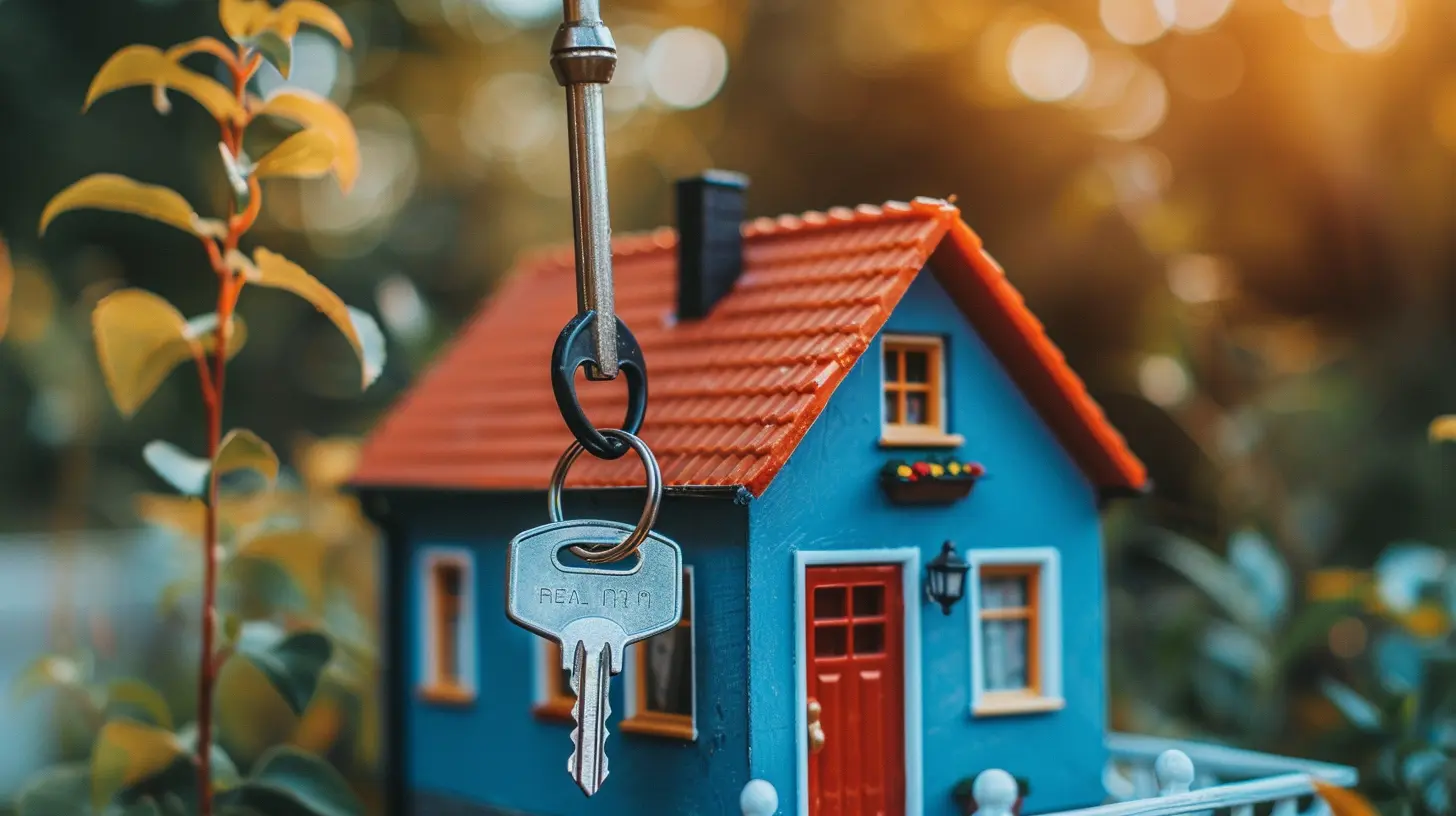
4. Floor Plan Functionality
A home can look stunning, but if the layout doesn’t match your lifestyle, it may not be the right fit.Ask yourself:
- Does the flow make sense? Moving from the kitchen to the dining or living room should feel natural.
- Are the bedrooms private enough? Bedrooms located too close to noisy areas (like the kitchen or front entrance) might not be ideal.
- Is there enough storage? Make sure closets, pantries, and cabinets offer the space you need.
A beautiful home with an awkward layout can become frustrating in the long run.
5. Walls, Floors & Ceilings: Hidden Red Flags
Don’t let fresh paint fool you! Sometimes, sellers use a fresh coat to cover up problems rather than fix them.Pay attention to:
- Cracks in the Walls or Ceiling: Small hairline cracks may not be a big deal, but larger ones could signal structural issues.
- Uneven Floors: If the floor feels slanted or bouncy, it might indicate foundation concerns.
- Water Stains: Brown or yellow stains on ceilings or walls could mean past (or present) leaks.
A little detective work now could save you thousands in repairs later.
6. Kitchen & Bathroom Condition
Kitchens and bathrooms are some of the most expensive areas to renovate. Instead of being dazzled by fancy countertops, look at the essentials:- Cabinet and Drawer Functionality: Open and close them—are they sturdy or falling apart?
- Water Pressure & Drainage: Turn on the faucets and flush toilets. Weak water pressure or slow drainage could signal plumbing problems.
- Appliance Age: If appliances are included, check their condition. Old systems may need replacing soon.
A dream kitchen or bathroom should be both stylish and functional!
7. Electrical & Plumbing: The Unseen Essentials
These systems are the backbone of the home, and issues here can be costly.- Breaker Box Check: If the panel looks outdated or messy, you might have electrical concerns.
- Number of Outlets: In older homes, outlets may be scarce or ungrounded—not ideal for today’s tech-heavy lifestyle.
- Pipe Material: If you can, check under sinks for any leaks or outdated plumbing materials (like lead or galvanized pipes).
A home with outdated systems can quickly turn into an unexpected money pit.
8. Noise Level & Surroundings
What good is a beautiful home if it’s in a noisy or inconvenient location?- Listen: Can you hear street traffic from inside? Are neighbors too close for comfort?
- Check the Neighborhood: Are there barking dogs, train tracks, or busy roads nearby?
- Commute & Amenities: Consider how long it takes to reach work, schools, or grocery stores.
You want a home that feels like a peaceful retreat, not a source of constant noise and stress.
9. Attic & Basement: The Overlooked Areas
Many buyers skip these areas, but they can reveal a lot about a home’s condition.- In the Attic: Look for insulation quality, signs of pests, or roof leaks.
- In the Basement: Check for moisture, odd smells, or crack patterns in the foundation walls.
These spaces might not be glamorous, but they can offer important clues about a home’s health.
10. The Backyard: More Than Just a Bonus
A great backyard can be the cherry on top, but it’s important to evaluate its usability.- Space & Privacy: Is the yard big enough? Does it feel private or exposed?
- Drainage Issues: Puddles or soggy areas could mean poor water drainage.
- Fence & Deck Condition: If there’s fencing or a deck, check for damage or rotting wood.
An inviting outdoor space can add tremendous value to your lifestyle.
11. HOA Rules & Restrictions
If the home is in a community with a homeowner’s association (HOA), make sure you understand the rules before falling in love with the property.- Monthly Fees: Are they reasonable for the amenities provided?
- Restrictions: Some HOAs limit things like exterior paint colors, pet policies, or even how you can landscape.
The last thing you want is to move in and realize you can’t make the changes you envisioned.
12. Trust Your Gut
At the end of the day, buying a home isn’t just about checking off a list—it’s also about how you feel when you walk in.- Can you see yourself living there?
- Does it feel "right"?
- Do you feel excited or hesitant?
Sometimes, your instincts can tell you more than any checklist ever could.
Final Thoughts
Attending an open house is an exciting step in your home-buying journey. But while it’s easy to be dazzled by modern finishes and stylish decor, don’t let surface beauty distract you from potential red flags. Keep these key features in mind, take your time evaluating each space, and most importantly, trust your instincts.Your dream home is out there—you just need to make sure it’s as perfect behind the scenes as it looks on the surface. Happy house hunting!
all images in this post were generated using AI tools
Category:
Open HousesAuthor:

Elsa McLaurin
Discussion
rate this article
2 comments
Capri Estes
Look beyond aesthetics; envision your future here.
November 22, 2025 at 3:58 AM
Sylph Hensley
This article effectively highlights essential features to assess during an open house, but it could benefit from emphasizing the importance of neighborhood context and potential future developments, which greatly influence long-term value.
August 3, 2025 at 3:48 AM

Elsa McLaurin
Thank you for your feedback! I appreciate your suggestion to include the neighborhood context and future developments, as they are indeed vital for assessing long-term value.
